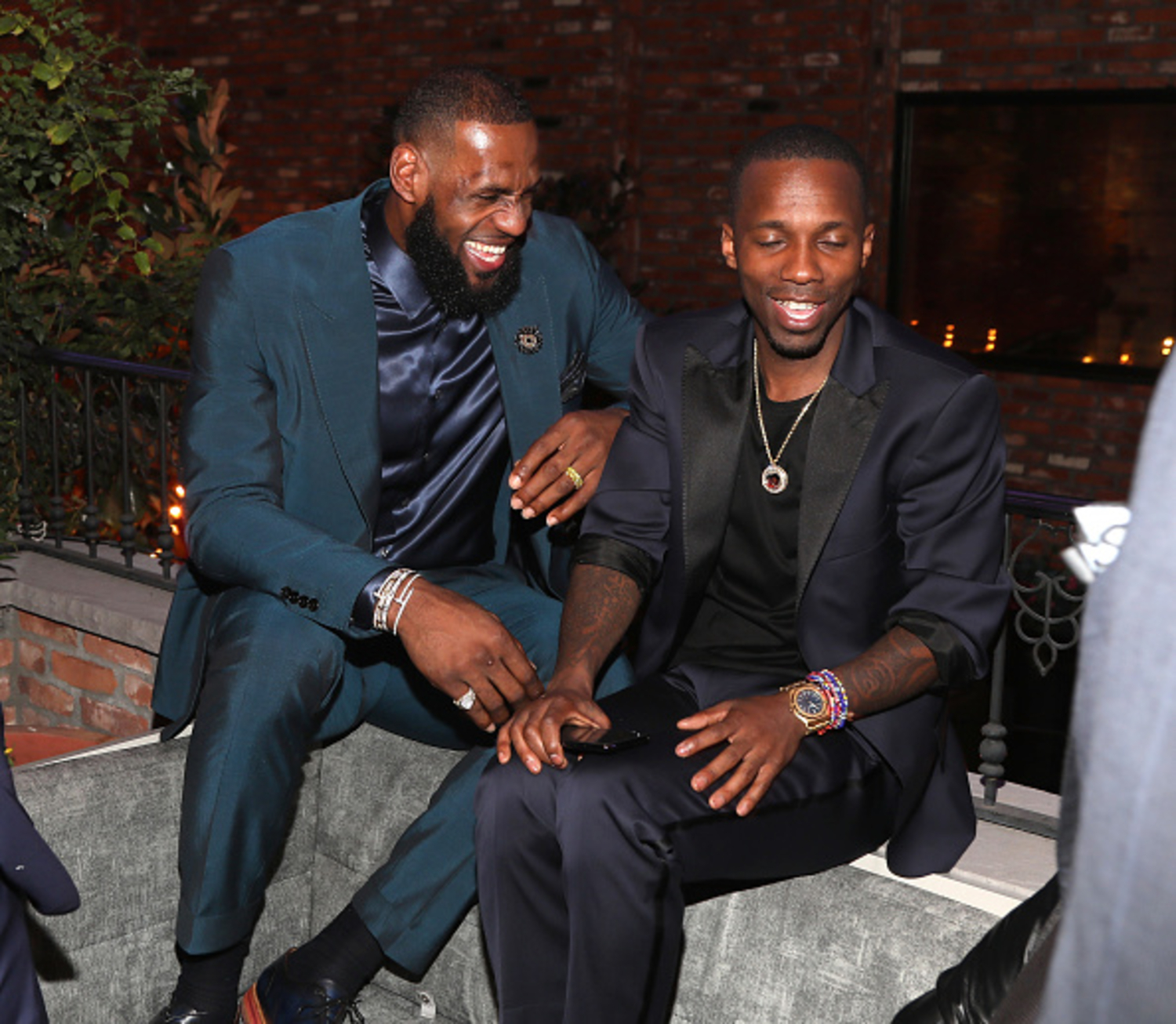Table of Content
- Homeownership rates show that Black Americans are currently the least likely group to own homes
- Government Finances
- Sustainable Pricing: Solutions And Factors Behind Sustainable Business Growth
- What is the current state of homeownership by race in the US?
- A window of opportunity: Black flight from Compton to the Inland Empire
- New Plans to Add 3 Million Black Homeowners by 2030
- Beneath the Santa Monica Freeway, lies the erasure of Sugar Hill
Mayes, of the Fair Housing Council, says many homeowners in the Inland Empire are still reeling from the financial crisis. But after paying what he says felt like an exorbitant mortgage for several years, "Tamara and I ultimately decided that these people don't give a damn about us. And they are content to bleed us dry." Ross says he tried to refinance time and time again because what he was paying was becoming unsustainable. But the lenders refused — because ironically, as long as he kept paying his mortgage every month, they had no incentive to cut him a better deal. He thought, " 'Oh, I know this game,' and that was tough because you have made a commitment ... and the commitment is tied, in a way, to your identity. You see yourself as a certain type of person."
But for Black people to move in, existing homeowners would have to make way. So, the real estate industry targeted white homeowners to convince them to sell their homes using a scheme known as blockbusting. Racially restrictive covenants were ubiquitous in Sugar Hill at the time, like many places in America. But some white homeowners willingly violated them to sell to Black buyers, in part because Black people were willing to pay more since there was far less property available to them. The willingness to violate covenants was especially the case around the Great Depression, when many homeowners were desperate to sell. We are not reallocating any resources or deprioritizing any non-Black homeowners.
Homeownership rates show that Black Americans are currently the least likely group to own homes
Alston says "a good head start beats fast running," and worries that a 350-year head start for white Americans could mean Black Americans may never catch up — unless the financial system is changed to be more affirmatively equitable. And for those who do, Alston says, the scores are not as fair or predictive as they could be because the score does not factor in a wide range of payments ordinary people pay. For example, cellphone bills, utility bills and even rental payments are not included in the FICO scores lenders typically use. Then, she had that dream in which God told her to go to Mark Alston, the mortgage broker, to buy a home with a fixed mortgage. Alston says he understood Norrington's vision, but "she started crying before we closed. I told her to wait. Let's get all the way done before we celebrate."

All the officer needed was a credit check, which was no problem for the couple because they had high credit scores. It was so easy, and they had been told they could always refinance if they needed a more affordable payment later down the line. But as more white residents left, their businesses and tax base did, too. A number of economic factors also led to fewer manufacturing jobs in the area, which were the backbone of Compton's steady employment.
Government Finances
The knowledge gap manifests as misconceptions about the requirements of homeownership. Although 3 million African Americans are mortgage ready, many of them believe that they need a perfect credit score or a 20 percent downpayment to obtain a mortgage, and these misconceptions deter them from purchasing a home. The trust gap is the result of the historic exploitation of African Americans, which has prevented many from obtaining affordable and sustainable mortgages. The market gap is driven by a lack of inventory and supply that would determine correct price points, as well as the fact that in locations where housing stock exists, it is often of poor quality. Poor quality homes result in part from disinvestment related to racial redlining and other discriminatory policies. Homebuyers have a wider selection of homes once they become aware of programs that support repairs and renovations for blighted houses.
He funded the depleted treasury of the poor government by loaning 19,000 soldiers in complete military formations to Great Britain to fight in North America during the American Revolutionary War, 1776–1783. These soldiers, commonly known as Hessians, fought under the British flag. The British used the Hessians in several conflicts, including in the Irish Rebellion of 1798. In the 12th century, Hessengau passed to the Landgraviate of Thuringia. As a result of the War of the Thuringian Succession (1247–1264) the former Thuringian lands were partitioned between the Wettin Margraviate of Meissen, which gained Thuringia proper, and the new Landgraviate of Hesse, which remained with the Ludovingians.
Sustainable Pricing: Solutions And Factors Behind Sustainable Business Growth
But when that wealthy white community protested, officials canceled construction. What they did instead, Avila says, was say they were targeting so-called "blighted" communities. This victory did not just mean the Black residents of Sugar Hill got to stay in their homes — it set a precedent for the 1948 U.S.
The Black homeownership rate in the U.S. is currently the lowest of any other racial or ethnic group. By focusing on Black homeowners, we are recognizing the unique and specific policies and practices that have disadvantaged this community. Across the U.S., Black families are less likely to own their own homes than white families. During Habitat’s 45-year history, our work has helped close that homeownership gap; in FY2021, Black homeowners made up 43% of the families who partnered to build with us. This included using a system called “redlining” to determine high-risk areas where it would refuse to insure loans in locations that were predominantly non-white neighborhoods.
Eintracht played Bundesliga football for 33 seasons, finishing in the top half of the table for the majority of them. Eintracht picked up where they left off after World War II, playing as a solid side in the first division Oberliga Süd and capturing division titles in 1953 and 1959. Their biggest success came on the heels of that second divisional title as they went on to a 5–3 victory over local rivals Kickers Offenbach to take the 1959 German national title and followed up immediately with an outstanding run in the 1960 European Cup.

The homeownership rate is the proportion of households that is owner-occupied. The cumulative effects of these legal policies and discriminatory practices mean Black Americans pay more to own a home — what some experts call a "Black tax" on homeownership. It also means they accumulate less wealth over their lifetimes than white Americans — on the order of tens of thousands of dollars of lost savings and investments, according to an analysis by MIT's Golding and his colleagues. In this case, rather than refusing to insure loans in Black and brown neighborhoods, lenders simply appear to be charging marginally higher rates to people who live in those neighborhoods. And the effect holds true even when computer algorithms are writing the loans. Their findings will appear in a forthcoming issue of the Journal of Financial Economics.
And while lenders and mortgage companies may say risk-based pricing is a fair way to account for risk, the broker Mark Alston has a different view of what "fair" means in America. By 2008, Ross says his house was worth half of what he paid for it two years earlier. He and his wife were paying two times what neighbors were paying to rent the homes along his street — many of them homes that had been foreclosed on by banks. For many of the residents in the area today, deafening road noise, toxic pollutants, and the resulting health conditions they cause are part of everyday life.
In fact, the nearly 30-percentage-point gap between White and Black homeownership today is actually larger than the 27-percentage-point gap that existed in 1960 when housing discrimination was legal, according to Urban Institute data. Similar to McAllister, many other Black families are feeling the stress of today's pandemic compounded with the lingering effects of the 2008 crisis. In May, according to the Urban Institute, Black homeowners were more likely than White homeowners to have missed or deferred their mortgage payment due to the financial impact of the coronavirus, leading many experts to fear a widening gap in homeownership disparities. While the diminished housing affordability has made Black millennial buyers grow slower than older generations since last spring, millennial buyers are still the primary driver of Black homeownership. The average year-over-year growth rate of Black millennial buyers was 13.8% between October 2018 and September 2021.
According to 2020 data from the Home Mortgage Disclosure Act,lenders deny mortgages for Black applicants at a rate 80% higher than that of White applicants, CNBC reports. After raising two kids in the home, McAllister's parents now have three tenants living in their Bedford-Stuyvesant multi-family property so they can keep up with mortgage payments. A transaction is defined as a non-corporate deal when the primary buyer is an individual. We also exclude individual buyers who purchase properties via family trusts and limited liability companies.


No comments:
Post a Comment